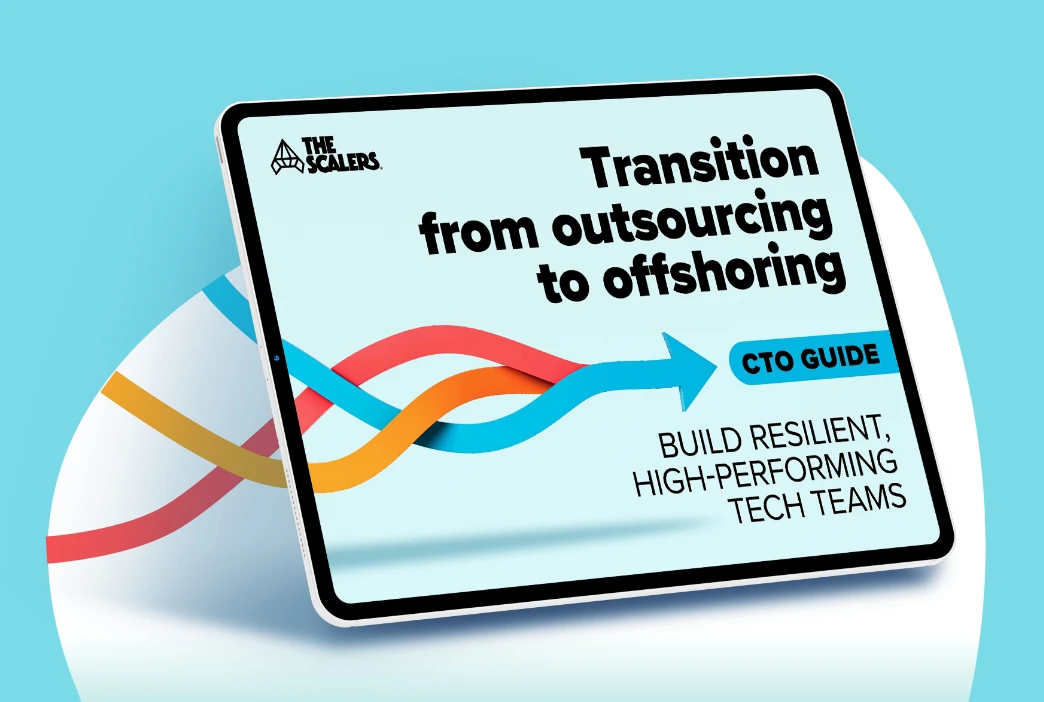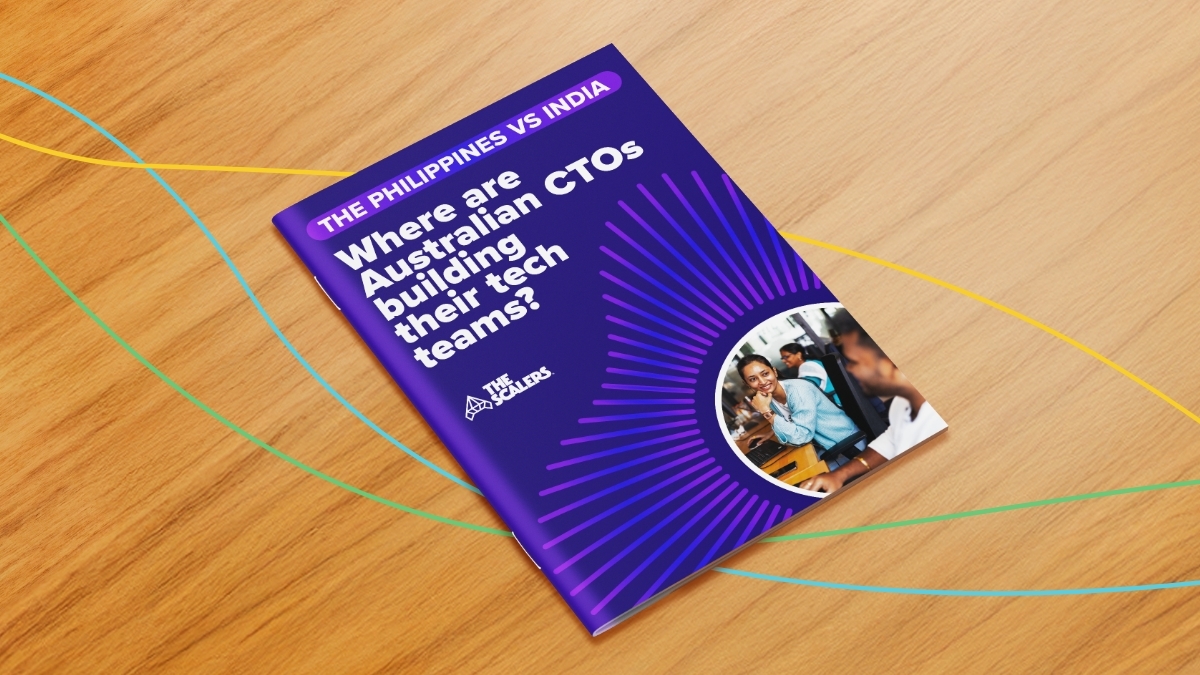Going digital first: digital acceleration in the automotive industry

This is the third part in a series titled ‘Going Digital First’. Check also:
- [Infographic] Going Digital First: Can Banking Thwart the Threat of New Entrants?
- Going Digital First: Modernising Legacy Systems
Digital acceleration is happening across industries at an increasingly rapid pace. But what does this mean for the automotive industry specifically? Disruptive changes in the sector are currently occurring on several fronts — in addition to the development of electric vehicles, connected car technologies, mobility services, and autonomous driving, new business models around selling cars online are increasingly on the agenda of car companies.
The automotive industry has been slower than others in the adoption of digital initiatives. While ecommerce has become the absolute normal in retail, where customers of all demographics often prefer to purchase a variety of different products and services completely online, no longer requiring brick and mortar stores — this hasn’t quite translated to cars, but it’s changing.
More than a buzzword
Perhaps we need to go back a couple of steps. So, is ‘digital first’ merely a buzzword? Likewise, does ‘digital transformation’ have any real meaning? With both terms booming in usage over the last 12 months, these are perfectly valid questions. At risk of becoming another overused corporate buzzword without any tangible meaning, it’s the responsibility of people who write about tech to understand and communicate their respective definitions.
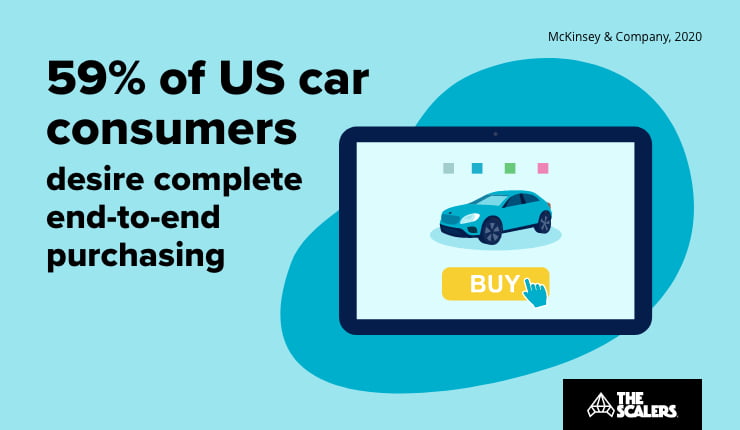
To quote from technology authority Gartner, a benchmark publication — digital transformation “can refer to anything from IT modernisation (such as cloud computing), to digital optimisation, to the creation of new digital business models”. Digital first refers to the practice of putting emphasis on a business model that prioritises digital processes internally and digital offerings externally.
But what does all this mean in the context of original equipment manufacturers (OEMs) and their digital acceleration in the automotive industry?
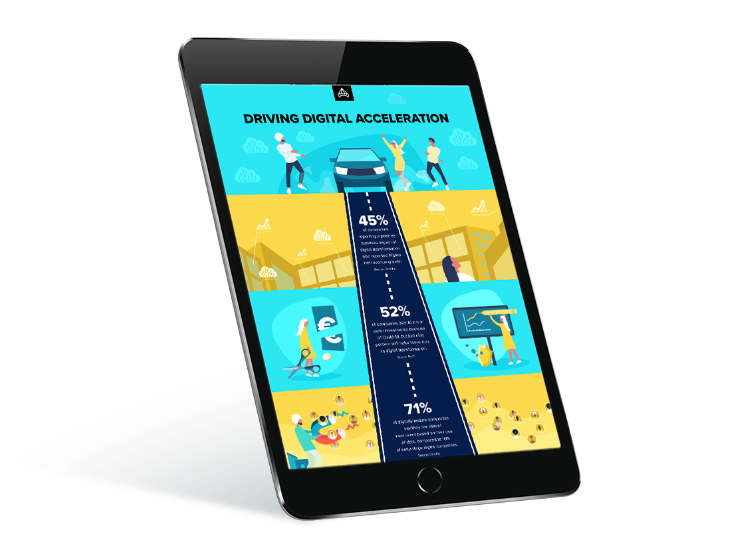
Don’t get left behind in the shift to digital business
DOWNLOAD INFOGRAPHICPandemic-independent transformation
Since the widespread adoption of mobile phones after the turn of the millennium, increasingly advanced in-car technology has become a staple requirement of the modern car buyer. So, digital acceleration in the automotive industry isn’t exactly a new phenomena. Unlike many other industries, the car industry’s drive toward transformation hasn’t been overtly spurred on by current circumstances. It’s been on the agenda for some time and it’s primarily a result of shifting buying trends. Which, one can observe, have been influenced by the Covid crisis. In the case of the car industry, this has only sped up already observable shifts in consumer behaviour. But what does this actually mean in tangible terms?
Is it just like buying a book?
Many industries have transformed their business models because it’s what customers want — those that haven’t have lost out to new entrants. Disruptive innovators like Amazon have completely changed customer buying expectations — with people expecting total centricity and convenience as a baseline. Buying a car entirely online is still a fairly strange concept to consumers in the UK, for example. However, to put this into perspective, many OEMs — particularly in China and other emerging car markets — have been offering end-to-end purchase options to their customers for some time.


Echoing the trend shifts in China, tech-savvy US customers, accustomed to the service levels of big online retailers, are demanding more innovative features like end-to-end purchase options, all-online documentation, and home delivery. To facilitate digital acceleration in the automotive industry, certain initiatives need to be prioritised.
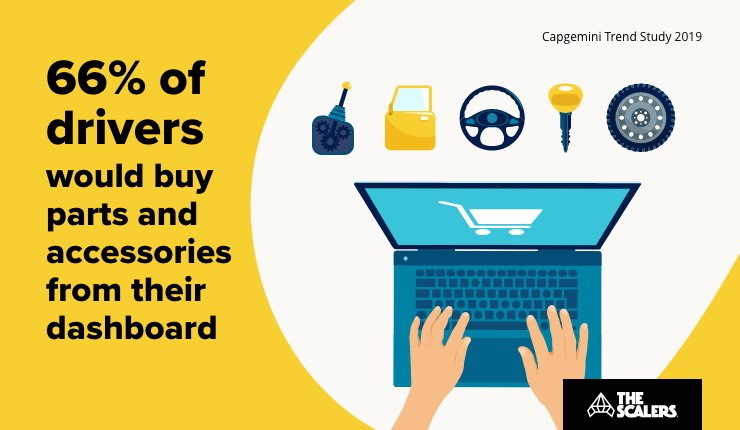
Building a digital-first automotive offering
These desires aren’t going away, and will in fact continue to move further inline with other retail sectors. These are some recommendations to help accelerate the shift to digital business in line with customer expectations.
1. Optimise OEM site for online purchases
Customers want automakers to provide a basic but up-to-date website with a modern look and feel that they can easily access, search, and browse cars on. With virtual assistants and live chat support helping to answer queries and customise a potential purchase it’s the beginning of a genuine omnichannel experience.
2. Integrate the physical and digital channels
More could be done to merge both the physical and digital channels. For example, choosing and configuring a model online but being able to test drive that or a similar model at the local dealership. A step ahead of that, Virtual and Augmented Reality may be able to deliver the showroom experience to the home.
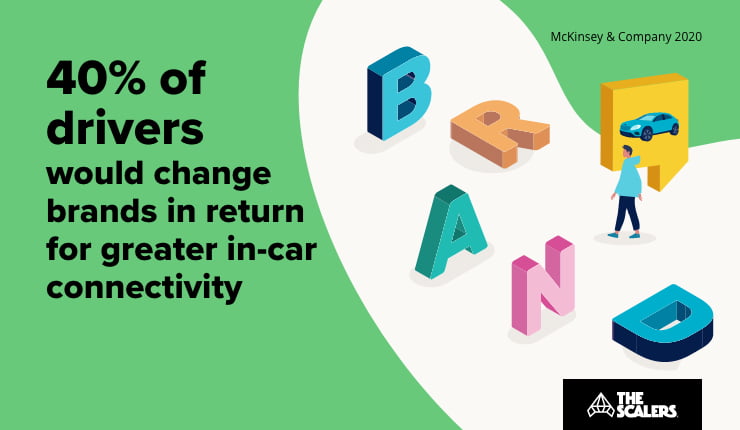
3. True end-to-end purchasing
While European consumers prefer a more tactile approach explored above, with test drives and the showroom experience complementing online touchpoints, there exists a willingness to buy sight unseen from new entrants like Amazon among Chinese buyers. This trend is almost certain to reach Europe and North America in time. Further to this, automakers would need to digitise documentation, customisation, and servicing processes to deliver holistic customer experience.

in Bangalore
Speed up your software delivery with an integrated and dedicated team
LEARN MORE4. Connected vehicle solutions
With 66% of drivers surveyed by Capgemini saying they would buy parts and accessories from their dashboard, it goes without saying that connected vehicle solutions are desired. McKinsey predicts that by 2030, some cars will operate almost like ‘virtual chauffeurs’, where cognitive AI fulfils both explicit and unstated needs such as purchasing parts based on predictive AI and hardware interconnectivity.
5. Software, software, software
OEMs will have to, in a sense, think of themselves as digital technology companies in the coming years. There won’t really be much of a choice as connected and electric cars become commonplace and autonomous vehicles not far away. This will most likely see software development being brought in-house and potential OS being created from scratch or in partnership with existing tech giants.
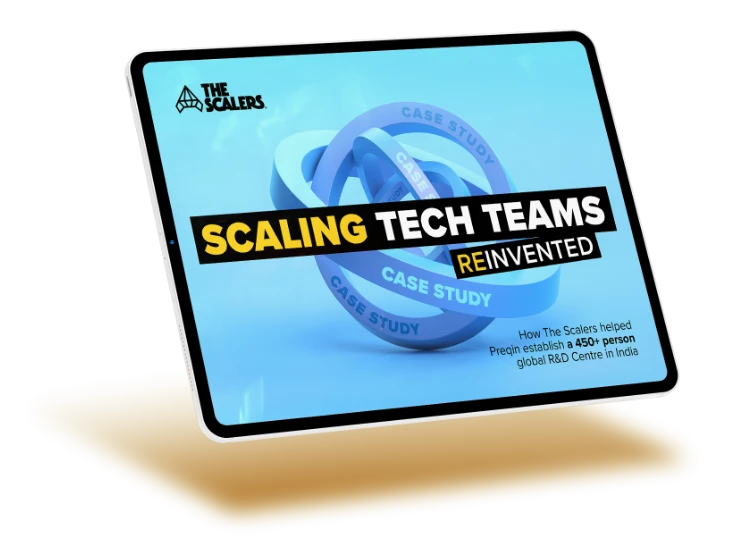
How we helped Preqin establish a 450+ person global R&D centre in India
DOWNLOAD CASE STUDYDigital acceleration in the automotive industry: a conclusion
- The future of cars isn’t too far up the road, with autonomous driving and subscription-based use really set to shake the ground up. But for now, the focus is on online end-to-end purchase and service and connected vehicles. The shift to software, so to speak.
- Dashboard-display marketplaces will allow drivers to buy anything from the comfort of their car. And, on-demand features will improve vehicle convenience, comfort, performance, and even safety. They will improve the driver experience and massively increase personalisation. On the other hand, the connected car will open up new business models and recurring revenue streams for automakers.
- Indeed, as digital acceleration in the automotive industry continues and OEMs becoming software-driven businesses, we may see offshore development teams becoming commonplace — providing the resilience and increased competitiveness automakers desire.
If you’re interested in exploring the possibility of building a fully-integrated offshore team to help in your journey to becoming a digital-first business and fighting off new entrants, feel free to reach out to us by filling out the contact form. One of our senior executives will get in touch with you within 24 hours.

